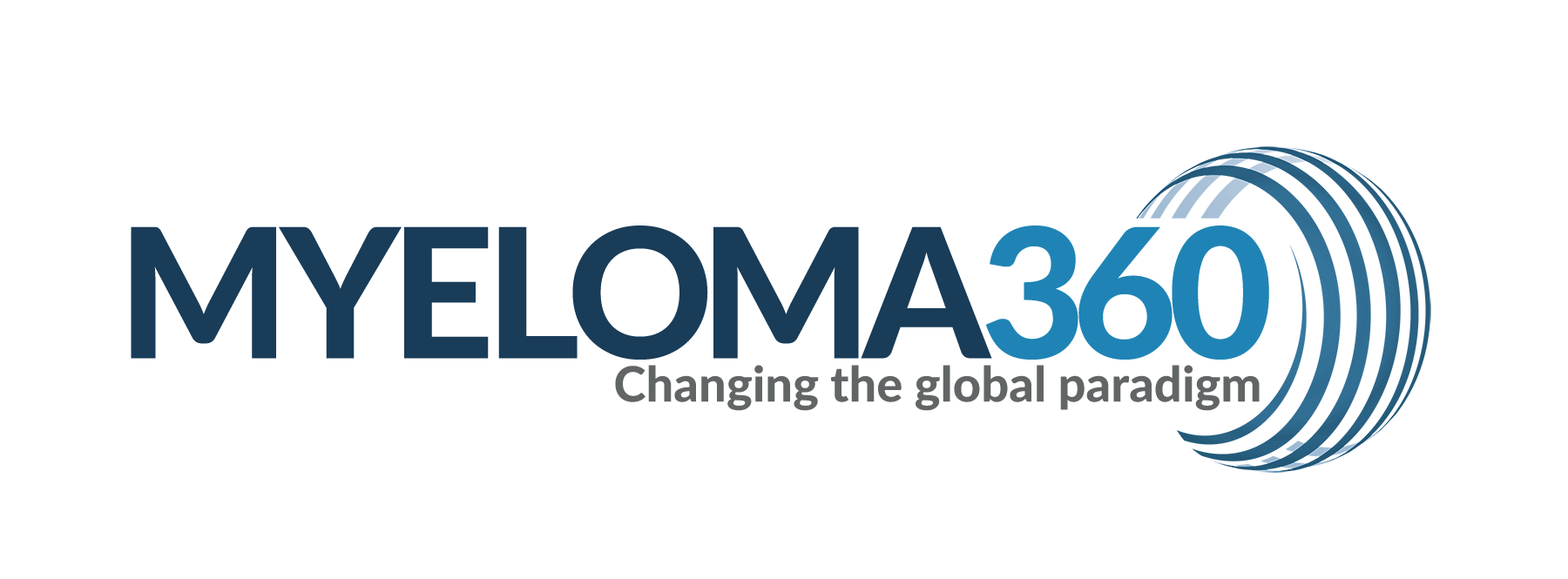BMC Cancer. 2025 Jun 4;25(1):998. doi: 10.1186/s12885-025-14420-5.
ABSTRACT
BACKGROUND: Multiple myeloma (MM) is a clonal proliferative disorder of plasma cells with limited curative options. Hepatitis B (HBV) and hepatitis C (HCV) viruses have been implicated in the development of various hematological malignancies, but their association with MM remains unclear. This systematic review and meta-analysis aimed to investigate the risk of MM in individuals with HBV and HCV infections.
METHODS: A comprehensive literature search was conducted across PubMed, Scopus, Web of Science, Embase, and additional sources for cohort and case-control studies published between January 1990 and January 2025. The relative risk (RR) of developing MM in individuals with HBV and HCV infections was pooled using a random-effects model. Subgroup analyses were performed based on age, geographic region, and diagnostic method. The Newcastle-Ottawa Scale (NOS) was used to assess study quality. Statistical heterogeneity was evaluated using the I² statistic, and publication bias was assessed using Egger’s test.
RESULTS: Seventeen studies, comprising 1 cohort and 16 case-control studies, were included. Nine studies examined the association between HBV and MM, yielding a pooled RR of 1.25 (95% CI: 0.99-1.58) with moderate heterogeneity (I² = 56.52%). Fifteen studies evaluated the association between HCV and MM, with a pooled RR of 1.84 (95% CI: 1.27-2.67), indicating a higher risk in HCV-infected individuals. Subgroup analysis revealed a stronger association in European populations for both HBV (RR: 1.67, 95% CI: 1.05-2.66) and HCV (RR: 2.27, 95% CI: 1.21-4.25). No significant publication bias was detected for either HBV or HCV analyses.
CONCLUSION: HBV and HCV infections are associated with an increased risk of developing multiple myeloma, with HCV demonstrating a stronger association. These findings highlight the importance of screening and monitoring patients with chronic hepatitis for potential hematological malignancies, especially in high-risk regions.
PMID:40468263 | DOI:10.1186/s12885-025-14420-5
